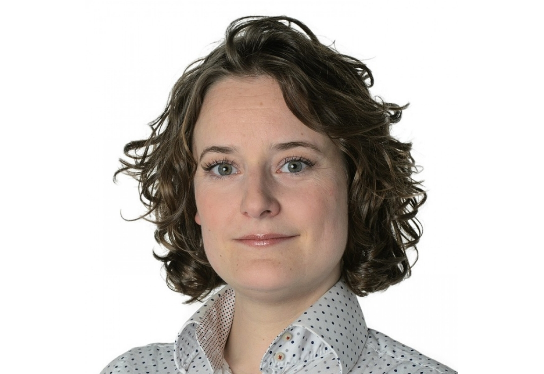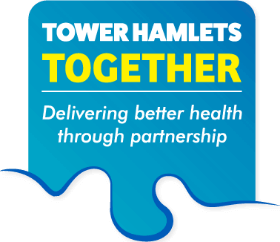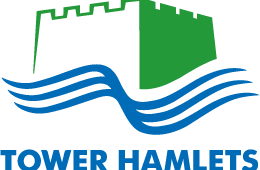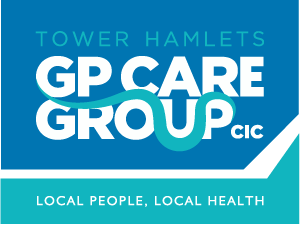Amy's Monthly Briefing - October 2020
The borough’s vision of a seamless health and care experience for its citizens.

We had a fantastic THT Exec Board meeting this month, drilling into system-wide performance, the draft workforce strategy, children’s needs post-lockdown and patient experiences of dental care in the pandemic
We had a fantastic THT Exec Board meeting this month, drilling into system-wide performance, the draft workforce strategy, children’s needs post-lockdown and patient experiences of dental care in the pandemic.
First up, we heard from Chris Banks, chair of the newly refreshed Local Delivery Board (LDB), which reports to the Exec Board. This will function as a programme Board, overseeing and driving forward the THT borough plan, which aligns local out of hospital plans from all providers. We discussed the need for the winter plans for both the NHS and adult social care to be joined up under this approach, for ongoing covid-19 specific measures such as local test and trace, and shielding support, to be integrated into the plans and monitoring framework, and for financial risks to have high visibility. We also agreed to review how the LDB is functioning, and reporting lines up to the Exec and to other parts of the system such as enablers, in 3 months to ensure it's effective.
The Board were very pleased to receive a system performance report in a helpful new format, thanks to hard work by the borough and WEL teams. Notwithstanding further development to align the dashboard with our borough outcomes framework, lifecourse workstreams and plug gaps in adult social care and children’s data, this will help the Exec Board and other THT groups have a stronger grip on where we’re making progress and where we are off track. The Board asked for a stronger focus on inequalities in the dashboard, to ensure we’re routinely monitoring disproportionate impacts and outcomes, and some tweaks to the Covid-19 headline data on cases and the balance of retrospective vs live hospital and ITU statistics, so we see a true picture.
The presentation on children’s needs post-lockdown was sobering. Following a request from the THT Board, this issue was considered at the children’s silver pandemic group and gave them an opportunity to take stock and change pace. The headline message was that while children have much lower rates of Covid-19 and a much milder illness, the short and long term consequences of the pandemic response are devastating, in terms of physical and mental wellbeing, socioeconomic impact and broader determinants of health, education lost and safeguarding gaps. We heard of stories from children who hadn’t left their home at all in four months. While the full picture from partners is still unclear, children’s social care are waiting for a surge in referrals now schools are back. The main ask for the Board is to keep children at the forefront of our recovery plans, as the accumulation of risk factors for young people will have impacts for decades to come. There was also a plea to maintain the agile decision-making that enabled the programmes that staff are rightly proud of - such as the dedicated children’s shielding programme.
We discussed the need for a multi-agency response to whole school classes that are self-isolating, so other services can quickly be on the ground to provide safeguarding and food support for those at risk. We also flagged the need to look at the specific needs of babies and new parents and what the post-covid service offer is for the first year of life. The Board asked for a strategic conversation to happen between health partners and schools, to improve communications and join up. We also heard there is a real clamour from young people and parents for face to face contact to resume, which children’s services are looking at ramping up.
The integrated workforce strategy has been developed using a QI approach, with a draft aim to "grow the capacity and capability of the health and social care workforce in Tower Hamlets to become confident and motivated, with the right skills, values, and behaviours to provide the best care possible irrespective of who they are employed by and where they are based in order to improve the health and wellbeing of the people of Tower Hamlets." The Board reviewed the driver diagram, with four primary drivers: (1) improve capacity and supply, (2) ensure equality, diversity and inclusion across the workforce (3) support leadership and organisation development, (4) enable systems working. The THT strategy is designed to complement partners’ separate workforce strategies by focusing on where we can add value collectively, such as by sharing skills or having a more flexible approach to people moving between organisations. The Board welcomed the progress and particularly the central focus on diversity, equality and inclusion, also committing to undertaking anti-racism training as a group of senior system leaders.








